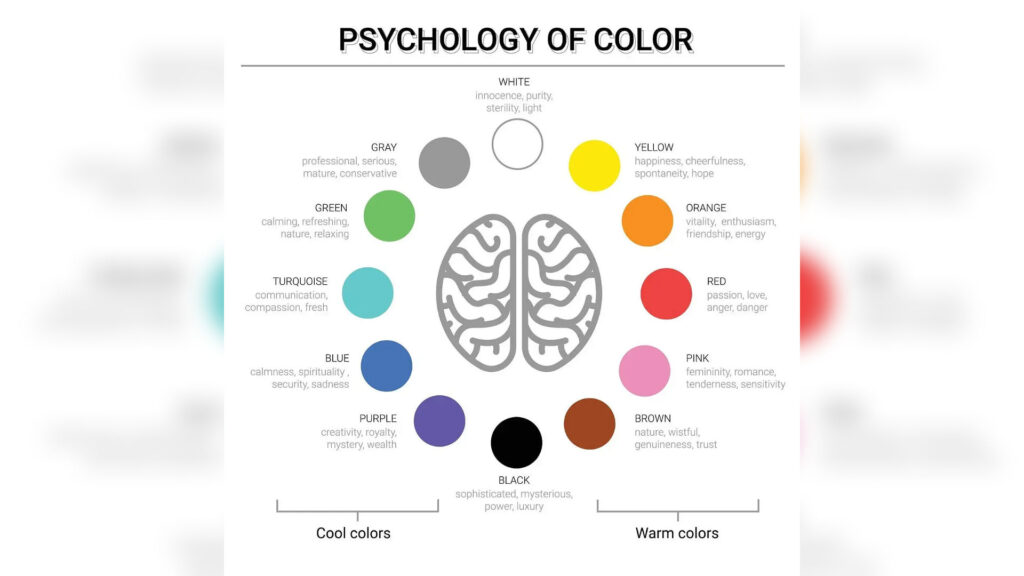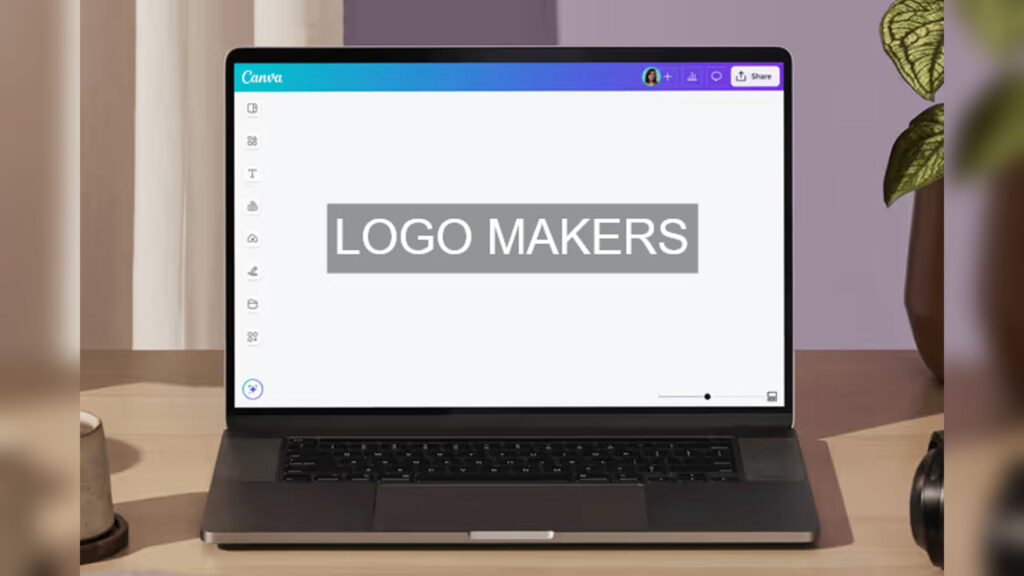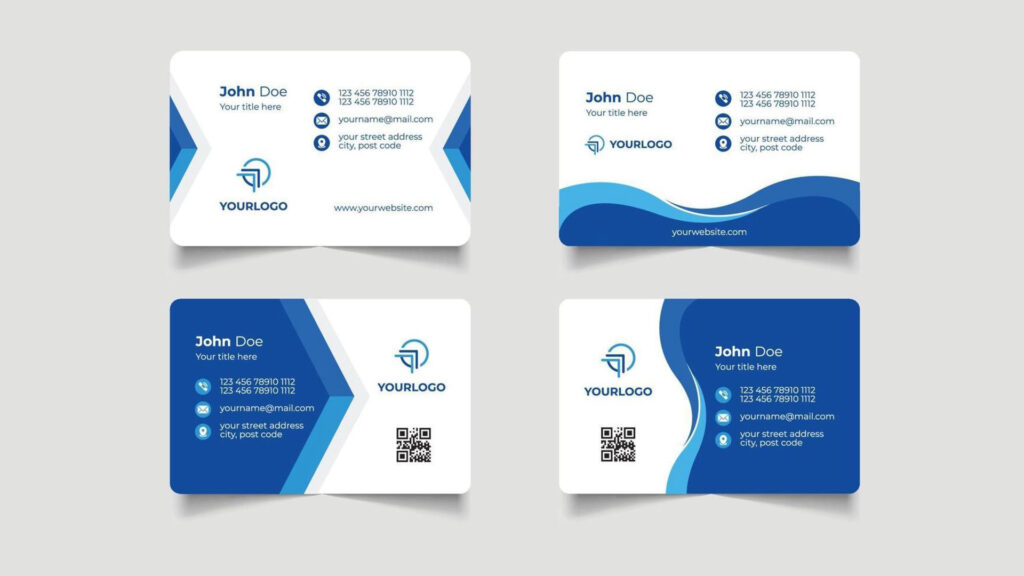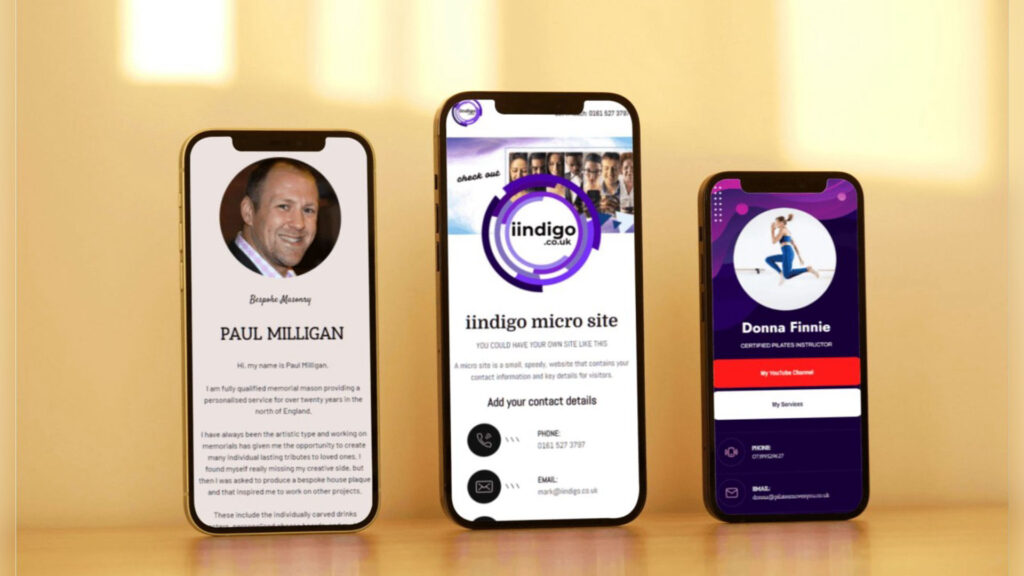Imagine walking into two different stores at a local Nairobi mall.
One has a bright sign in sleek colors, a logo that feels fresh, cohesive visuals from Instagram to their packaging, and the whole place gives you a feeling — like you’re in the right place. The other store? Well, it has a generic sign, borrowed visuals, and just feels… unmemorable.
Which one do you trust? Which one are you more likely to spend money at?
That’s the raw power of customized branding. It’s not just about colors and logos. It’s about memory, trust, emotion, and business growth — especially in a competitive market like Kenya.
Table of Contents
ToggleWhat is Customized Branding Visuals, Really?
Customized branding visuals are the visual assets that are tailored uniquely for your brand — not copied from templates, not lifted from Canva’s free section, but made with your brand’s mission, audience, and goals in mind.
They include:
-
Your logo
-
Brand colors
-
Fonts and typography
-
Social media graphics
-
Product packaging
-
Website layouts
-
Business cards
-
Brochures and signage
-
Even the style of your Instagram highlight covers
Every visual decision either builds your identity or confuses it. And in the age of visual overload, blending in is a recipe for being ignored.
Kenyan Brands That Get It Right
Look at brands like Zumi, Sendy, or Marini Naturals. They don’t just sell services or products. They sell a feeling — and their visuals reflect that.
Marini’s Afro-centric design language doesn’t just appeal to natural hair consumers, it tells a story of African pride and beauty. Sendy uses a modern tech-inspired visual system that feels efficient and trustworthy — exactly what you want in a delivery service.
Would these brands have made such an impact using default templates? Definitely not.
Why It Matters More in Kenya Now Than Ever
Kenya is shifting.
Consumers are more brand-aware than ever. Social media has made people picky. First impressions matter. Competition is growing. You’re not just competing with local businesses anymore — you’re competing with global brands on Instagram, TikTok, and even Jumia.
So if your branding looks cheap, inconsistent, or borrowed, it raises a red flag.
Customers think:
-
“Are they serious?”
-
“Can I trust them?”
-
“Is this business legit?”
-
“Why does this look like another brand I saw last week?”
Visuals create your first impression — and in Kenya’s modern business scene, first impressions are becoming everything.
Would you like me to continue the next section?
It will dive into:
-
The psychology behind visuals
-
Why DIY branding hurts more than it helps
-
How to develop customized branding on any budget (even if you’re starting out).
Before anyone reads your pitch, tries your product, or walks into your store, they’ve already judged you — in about 3 seconds.
It’s not fair, but it’s real.
Humans are visual creatures. Our brains process images 60,000 times faster than text. This means when someone sees your logo, your website, your Instagram post — they’re already forming an opinion about your credibility, quality, and professionalism.
That’s why customized branding isn’t just decoration. It’s a psychological trigger.
Let’s break it down:
-
Color affects mood. Red feels urgent or bold. Blue builds trust. Green calms or suggests freshness. If you’re a wellness brand using harsh reds, you might unknowingly be chasing people away.
-
Typography carries tone. Sharp fonts feel edgy or luxurious. Rounded fonts feel friendly. Using the wrong font can confuse your brand voice.
-
Consistency builds familiarity. If someone sees your business card, then your Instagram page, then your email signature — and they all feel like they belong together — that builds trust. Mismatched visuals break that connection.
Branding is less about logic and more about gut feeling. And when your visuals feel off, your customers sense it instantly — even if they can’t explain why.
DIY Templates vs Customized Branding: The Hidden Cost
Let’s talk about Canva.
Canva is useful. Quick. Accessible. But it’s also a trap for many startups in Kenya.
Here’s what happens:
-
You start a business and use a free Canva logo or Instagram template.
-
Another business down the road uses the same template.
-
Your brand starts blending in with the crowd.
-
Customers confuse you or just scroll past — nothing grabs attention anymore.
Now imagine investing in customized branding.
You get a unique logo. Visuals that speak directly to your audience. A design system that grows with your business. Now, every time someone sees your brand, it leaves a fingerprint — something they remember.
One feels like a business. The other feels like a brand.
There’s a difference.
A business sells things. A brand builds emotional connection. People pay more for brands. They stay loyal to brands. They recommend brands to their friends. And customized visuals are how you build that bridge.
Real Talk: Is Customized Branding Expensive?
Here’s the truth — it can be, but it doesn’t have to be.
You don’t need to spend hundreds of thousands to look professional. What you need is clarity and intentionality.
Start with this:
-
Hire a freelance designer with a portfolio (not your cousin who “knows Photoshop”)
-
Focus on core assets: a solid logo, two brand fonts, and a color palette
-
Choose templates after defining your brand, not the other way around
-
Build one cohesive style, then apply it across your materials
The key isn’t how fancy your design is. It’s how consistent and on-brand it feels.
Even a small budget can go far when you know what look you’re going for.
What Happens When You Don’t Invest in Branding?
Let’s say you skip it.
You launch with a random logo, inconsistent colors, and social media graphics made on the fly. At first, things are okay. But soon:
-
People forget your name
-
They confuse you with competitors
-
Your Instagram page looks all over the place
-
Clients hesitate to refer you because your brand looks “not serious”
-
You struggle to raise your prices because you don’t look premium
Branding isn’t just about making things pretty. It’s about positioning — and positioning affects your pricing, your visibility, and your survival.
The Role of Customized Branding in Niche Markets (Kenyan Examples)
In Kenya, we have many niche markets: agro-businesses, handmade beauty products, fintech startups, rural solar energy providers, luxury Airbnb hosts, online tutors.
Each of these needs different visuals.
A fintech startup in Nairobi needs to look modern, clean, and tech-savvy. A handmade skincare brand in Kisumu might need warm, earthy visuals that feel organic and natural. An Airbnb host in Diani might use bright blues and relaxing imagery to signal escape and relaxation.
Customized branding means tailoring your look to your audience. That’s how you stand out in your niche — not by shouting louder, but by looking more aligned.
How to Start Developing Your Brand Visuals from Scratch
If you’re starting from zero, here’s a simple roadmap:
-
Define your brand personality
Are you bold or humble? Youthful or premium? Playful or serious? -
Understand your audience
Are they budget-conscious, luxury seekers, Gen Z, professionals, moms? -
Choose your brand colors intentionally
Don’t just pick your favorite. Pick what your audience relates to. -
Pick 2–3 fonts and stick to them
Keep one for headlines, one for body, and maybe a decorative one for accents. -
Design your logo with meaning
Avoid cliché icons. Go for something symbolic or custom. -
Apply your visuals consistently
From packaging to invoices to social media to signage. -
Create a simple brand guide
So anyone helping you (staff, freelancers) knows how to represent the brand visually.
What’s the ROI of Customized Branding?
Many business owners hesitate to spend on design because they see it as a cost, not an investment. But here’s what actually happens when you commit to customized branding:
-
You build recognition faster
When your brand visuals are unique and consistent, people remember you. And in business, being remembered is half the battle. -
You can charge higher prices
When you look premium, people expect to pay more. Think about why Apple can charge triple for a phone — it’s the branding, not just the tech. -
You convert better
Whether it’s a landing page, a flyer, or a WhatsApp ad, good design helps turn viewers into customers. People are more likely to trust and act on a professional-looking brand. -
You get shared more often
People share things that look good. Whether it’s an Instagram post or your business card, great branding gets passed around. -
You attract better opportunities
From media features to investor interest to better partnerships — perception matters. Customized branding helps position you as serious, capable, and investment-ready.
If you’re a Kenyan entrepreneur thinking long-term, investing in brand visuals is one of the smartest moves you can make.
Common Mistakes Kenyan Businesses Make with Branding
Let’s call them out, so you can avoid them:
-
Using too many fonts and colors
Your brand shouldn’t look like a rainbow. Limit yourself to a few core colors and two or three fonts max. -
Copy-pasting what others are doing
Just because a competitor uses gold and black doesn’t mean it’ll work for you. Your visuals should reflect your story, not someone else’s. -
Changing branding every few months
Consistency is more powerful than creativity. It’s okay to refresh your brand — but not every month. Let people build familiarity with your look. -
Ignoring your target audience
You might love neon green, but if your audience is high-end professionals, it could turn them off. Design for them, not just for yourself. -
Thinking branding is only for big businesses
Branding is how you get to the big leagues. It’s not the final step — it’s the foundation.
When and How to Evolve Your Branding
Your business won’t stay the same forever. As you grow, you’ll need to adjust your branding. But here’s how to do it without confusing your audience.
-
Rebrand only when your direction changes
If your values shift, you enter a new market, or your audience changes — that’s when a rebrand makes sense. -
Keep the core recognizable
Update your logo, but keep a piece of the old one. Change your colors slightly, not completely. Make it feel like an evolution, not a totally different business. -
Communicate the change
When you update your visuals, tell your audience why. Share the story on social media, in newsletters, or even on your website. It builds trust. -
Test before going all in
Try the new style in a few places (like Instagram or a poster) and see how people respond before applying it everywhere.
Customized branding is flexible. It should grow as you grow — but always with purpose and clarity.
Case Study: From Side Hustle to Serious Brand (A Kenyan Story)
Let’s talk about Mary, a Kenyan entrepreneur who started a line of homemade organic soaps in Nakuru.
At first, she designed her logo herself on her phone. It looked okay, but nothing memorable. Her packaging was inconsistent. Some labels were hand-written. Others were printed in cyber cafes.
Sales were slow. People liked the product but didn’t take the brand seriously.
After some advice, Mary decided to invest in customized branding.
She hired a freelance designer who helped her:
-
Develop a soft, nature-inspired color palette
-
Create a clean logo with a leaf motif
-
Design consistent packaging with earthy textures
-
Create Instagram post templates that looked professional
Within three months, here’s what changed:
-
Her Instagram engagement doubled
-
Her soaps got stocked in two Nairobi wellness stores
-
She raised her prices by 30% without pushback
-
Clients started calling her “the soap lady with the beautiful brand”
The product didn’t change. Just the perception.
And that’s the power of customized branding.
Final Thoughts: Branding Isn’t Optional — It’s Strategy
Branding isn’t just for large corporations with billboard budgets. In Kenya’s growing digital economy, branding is how small businesses punch above their weight.
And customized branding is how you make that punch personal, relevant, and unforgettable.
If your visuals don’t match your value, you’ll always be swimming upstream. But when everything looks aligned — your business starts to flow.
So whether you’re selling fashion on Instagram, offering consulting services in Nairobi, or running an e-commerce store from Kisumu — your visuals matter.
























































